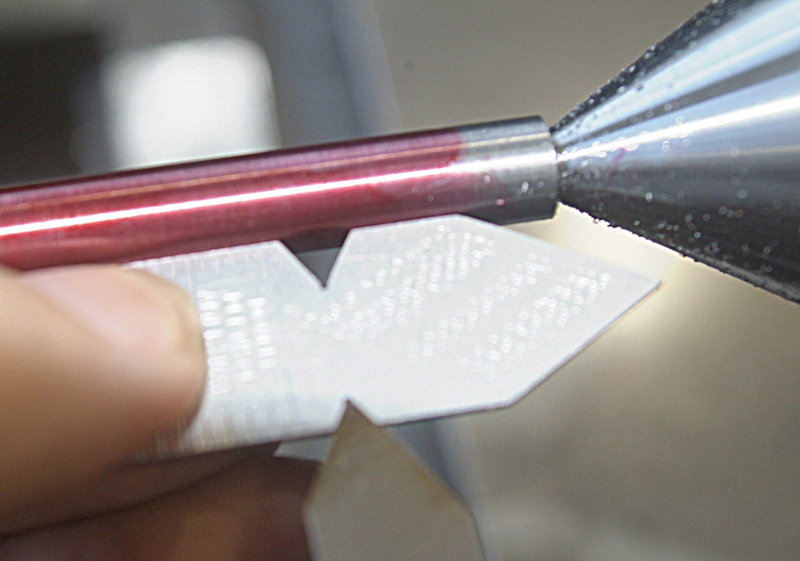rake60
Well-Known Member
- Joined
- Jul 8, 2007
- Messages
- 4,756
- Reaction score
- 124
An internal thread changes the game completely!
A threading bar takes away the rigidity.
No professional machinist machinst could cut an internal 1 1/2-8 thread straight in
unless they were sound asleep in a sweet dream.
I won't be turning a machine on in my hobby shop this long weekend for just that reason.
In the past 2 days at work I made 6 high pressure caps that called for a 4 pitch internal
Acme thread. The only way to get the machine to cut that thread cleanly was to open
the machine doors at that process and push a length of 2 X 4 wood against the tool holder.
57 passes. I have a bruised hand and chest from making that work out, but I also have
6 high pressure caps that fit perfectly with no chatter in the internal threads to be
delivered to the customer on Tuesday morning.
Rick
A threading bar takes away the rigidity.
No professional machinist machinst could cut an internal 1 1/2-8 thread straight in
unless they were sound asleep in a sweet dream.
I won't be turning a machine on in my hobby shop this long weekend for just that reason.
In the past 2 days at work I made 6 high pressure caps that called for a 4 pitch internal
Acme thread. The only way to get the machine to cut that thread cleanly was to open
the machine doors at that process and push a length of 2 X 4 wood against the tool holder.
57 passes. I have a bruised hand and chest from making that work out, but I also have
6 high pressure caps that fit perfectly with no chatter in the internal threads to be
delivered to the customer on Tuesday morning.
Rick





